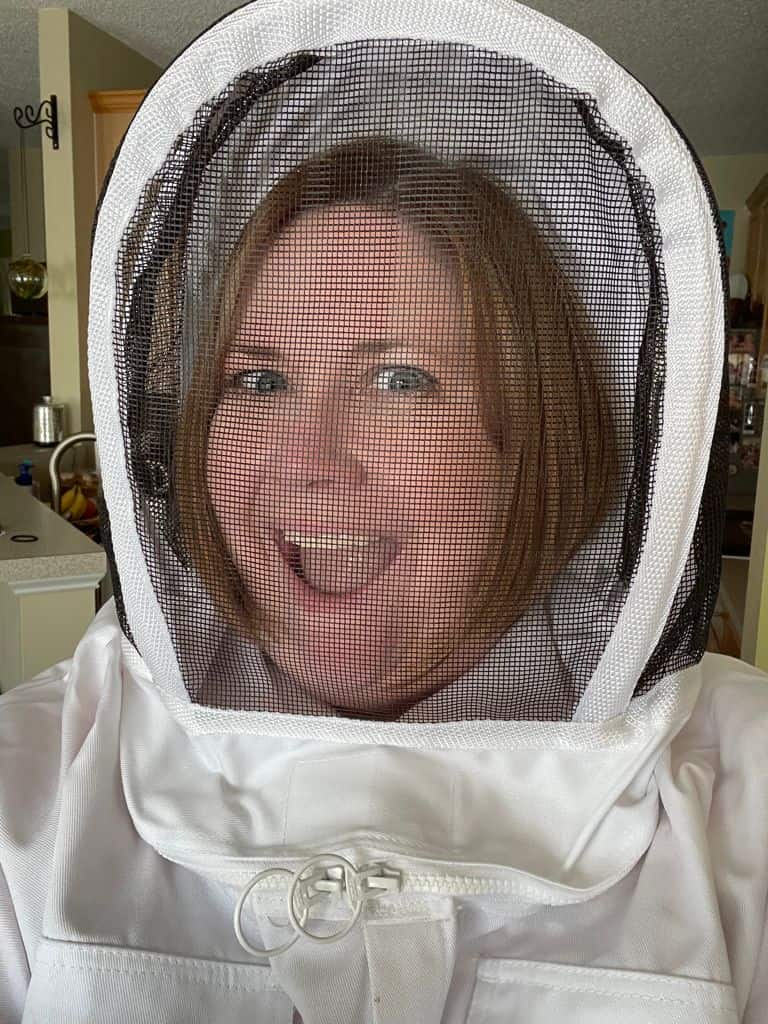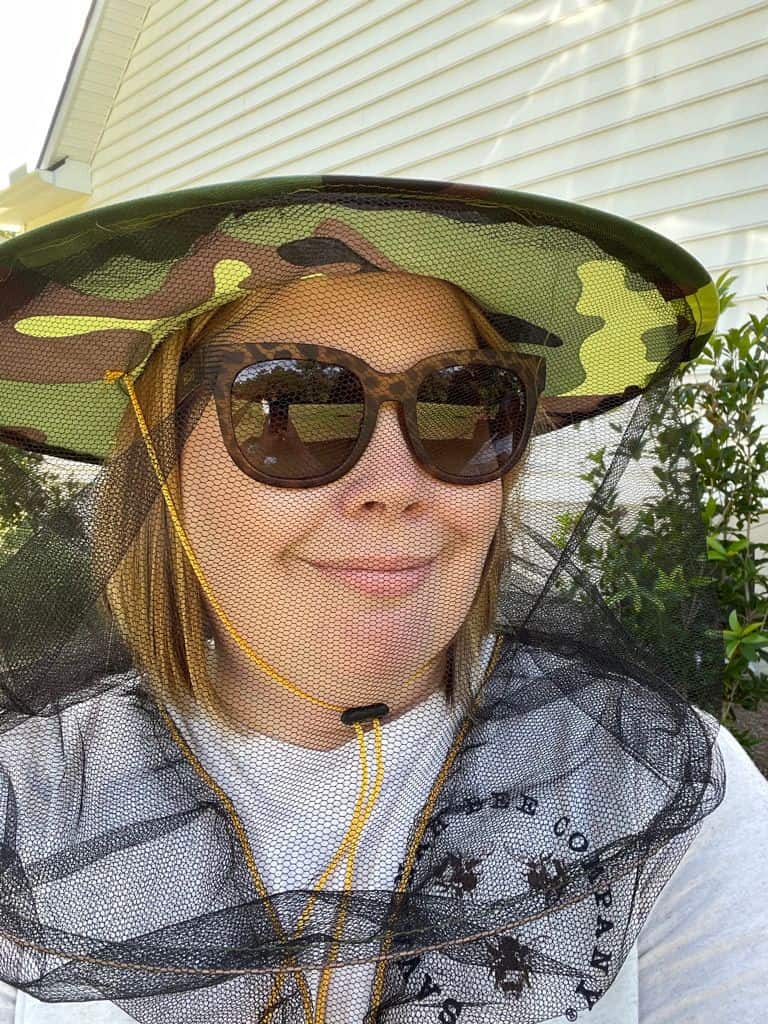Dig In! Picture Books Celebrating Diversity, MLK, and Black History Month
With MLK Day on January 17 and Black History Month in February, we are diving into reading that teaches, honors, and celebrates diversity and inclusion.
June is National Pollinators Month, so what better time to shine a light on our partners at The Bee Cause Project. Not familiar with The Bee Cause Project? They connect bees with communities and classrooms to share the life-giving lessons of pollinators. Their free STEAM-based curriculum builds learning opportunities in classrooms and communities to inspire the next generation of environmental stewards.
We like The Bee Cause Project so much that we partnered with them to create the Bee Grant, which helps K-12 schools and nonprofit organizations install and maintain their own observation hives—an invaluable tool to inspire creativity, teach collaboration, and cultivate critical thinking and STEAM skills in observers of all ages.
The Bee Cause Project team is as creative, engaging and fun as their curriculum. One of their secrets to success is their Director of Educational Programs Emilee Elingburg. Formerly a Montessori lead teacher with nearly twenty years of classroom experience, Emilee knows what it takes to get kids to get engaged, learn and care about pollinators.
We chatted with Emilee about her unique job, tips for starting (and maintaining) a bee program, top picks for pollinator books and movies, the coolest beehives, and, of course, honey! Read on to learn more.

Whole Kids Foundation: Your job title is "Director of Educational Programs". How do you describe your job to kids?
Emilee Elingburg, The Bee Cause Project: My job is to connect kids with nature through the wonderful world of bees and other fascinating pollinators. I get to help schools and organizations install their own bee hives. I create lessons and activities for kids and adults to interact with and learn from the bees. I get to send books, honey, seed ball kits, native bee houses, and other pollinator-friendly materials to organizations internationally. It’s the best job in the world!
Whole Kids Foundation: What are some engaging ways to get kids to get interested in pollinators?
Emilee: Children are innately interested in the world around them, you simply have to get them outside to absorb it. The best way to learn about pollinators is to observe them in nature. Go outside, find an area in the neighborhood or schoolyard where you see insects flying around, sit at a safe distance, and observe them doing their cosmic work. A field of clover, a flowering tree, or a native bee house are great places to watch and learn. Sketch what you see, take pictures, get involved in a Citizen Science Project, read a book about pollinators, learn a new fact and tell a friend. Excitement is contagious.
Your school campus, backyard, or community space is waiting to be turned into a pollinator playground. If you don’t know where to start, The Bee Cause Project can help. The Bee A Friend to Pollinators lesson is the perfect place to begin your bee journey.
Whole Kids Foundation: What's one piece of advice you'd give to a school or organization starting their bee program?
Emilee: Find your support team and then befriend them. That means starting a Bee Committee with other educators, administrators, parents or community members, and at least one bee mentor that will support you as the program grows. When you have like-minded adults with buy-in on the importance of the bee program, it will help you move toward success. Your team will provide backup to support decisions about the program, to talk with concerned parents, to help you troubleshoot issues with the hive, and more. Beekeeping is hard work, you will need support!
Whole Kids Foundation: What's one unexpected key to success for trying to grow or maintain a bee program?
Emilee: The Pay It Forward Program that we offer is the key to success for anyone trying to grow or maintain their bee program. It is a great way to fundraise for your own bee program and is so much easier than you might think. Schools that participate are able to replace broken or old equipment, expand their number of hives, purchase new bee suits, or whatever is needed to support the program. Organizations that are interested but have not yet received a Bee Grant can also participate to jump-start their pollinator education program. We offer tools, printables, and how-to steps to make the Pay It Forward Fundraiser as easy as possible for busy educators.
Whole Kids Foundation: What are some of the most creative beehives you've heard about?
Emilee: The schools and organizations that have the most creative setups are the ones that add pollinator gardens and water resources to their apiaries. Providing resources on campus for pollinators creates a perfect setting for students to observe ‘a day in the life of a pollinator’. This is outdoor education at its best.
The most amazing beehive structures that I’ve come across in my research are the traditional Polish beehives at the Jan Dzierzon Museum in the town of Kluczbork. They are carved and painted to look like animals and people including a gnome, an angel, and religious figures. Imagine a honey-loving brown bear with honey bees coming and going from an opening at his belly. Magical!

Whole Kids Foundation: What's a pollinator topic that kids love?
Emilee: Honey is bee barf…I’m not kidding. Worker bees visit thousands of flowers every day, bringing nectar back to the hive inside of their honey stomachs. They regurgitate the nectar into the mouths of their sister bees back in the hive, and they chew it to remove water. Once they pass it back and forth several times, they put the substance into the combs and fan it with their wings until it becomes honey. Bee enzymes become part of the honey as they pass it back and forth between worker bees. And bees are the only insect that makes something that humans want to eat. We have a 360 Degree Digital Field Trip all about how bees make honey in The Bee Cause Resource Library on our website.
Whole Kids Foundation: The Bee Cause Project's (free!) curriculum focuses on developing STEAM skills and can be integrated into various lesson plans throughout the school day. Is there any school subject you haven't yet linked to pollinators but want to try?
Emilee: I would love to add more opportunities for performance art to our curriculum. A beehive is a world of movement and activity. I would love to tap into how we can get children to move their bodies with purpose like bees. I think students would be amazing at the storytelling of ‘a day in the life of a bee’ and write their own scripts based on research and observations about what bees do all day.
Emilee would also love to hear from educators about what they want The Bee Cause Project to integrate into their Pollinator Curriculum. Send them to info@thebeecause.org.
Whole Kids Foundation: What are some of your go-to pollinator books for elementary school kids?
Emilee: Bees: A Honeyed History by Piotr Socha is one of my favorites for elementary students, and also where I learned all about the Polish beehives. This book is chock full of information but the pictures make it come to life.
Honeybees and Frenemies by Kristi Wientge is my favorite chapter book. This book taught me all about ‘bee bearding,’ which is exactly what it sounds like, allowing hundreds of bees to crawl on your face like a beard.
The sweetest book is The Thing About Bees: A Love Letter by Shabazz Larkin. This author was terrified of bees until his two sons came along to help him learn all about the spectrum from “kind, to kinda mean” bees and other buzzers.
The Bee Cause Project has a Book Club Challenge Lessons available for each of these titles that are available to anyone.
Whole Kids Foundation: What are your go-to pollinator films for educators, parents and older students?
Emilee: The Pollinators by Peter Nelson is a fantastic film for educators, parents, and older students. I recommend that adults watch it with older children to allow for open and meaningful discussion of the issues. This documentary takes a deep dive into managed beekeeping practices and how the lack of resources, lack of habitat, and misuse of pesticides have drastically affected the honey bees and native bees in the US.
I think it is important that students understand both sides of any issue, especially if we are to help the youth feel empowered to be the change they want to see. We’ve created an Educator’s Guide companion for this film that can be used by educators or parents to guide the discussion. If you want to start the conversation with younger students, The Dance of The Honey Bee, a short film also by Peter Nelson, is the perfect age-appropriate film.
Whole Kids Foundation: What's your favorite pairing with honey?
Emilee: I love a toasted English muffin, covered in peanut butter, and drizzled with honey. I’m also a huge fan of chocolate whipped honey in a cup of peppermint tea. But who am I kidding? Honey is great with everything.
Whole Kids Foundation: What lesson plans or programs are you most excited about launching in the next few months?
Emilee: I am so excited about the upcoming launch of our back-to-school offering for educators, I Speak for the Bees! It is an interactive curriculum that encompasses a literature circle, a film circle, a virtual hive inspection, and culminates in a student-driven final presentation. The students will learn about the history of the honey bee, discuss the stressors that honey bees face in the current environment, and form their own opinions about best practices for beekeeping. Students get to share what they have learned in their own unique way including dance, song, digital presentations, and beyond.
The Educator’s Guide provides everything teachers, parents, librarians, homeschool group leaders, or camp directors need to facilitate this unique program. The Student Workbook guides students through the material with tons of background information, research topics, video links, art, design opportunities and so much more.
Look for more information coming out this fall at thebeecause.org, in The Inside Buzz Newsletter, and in The Bee Cause Newsletter.